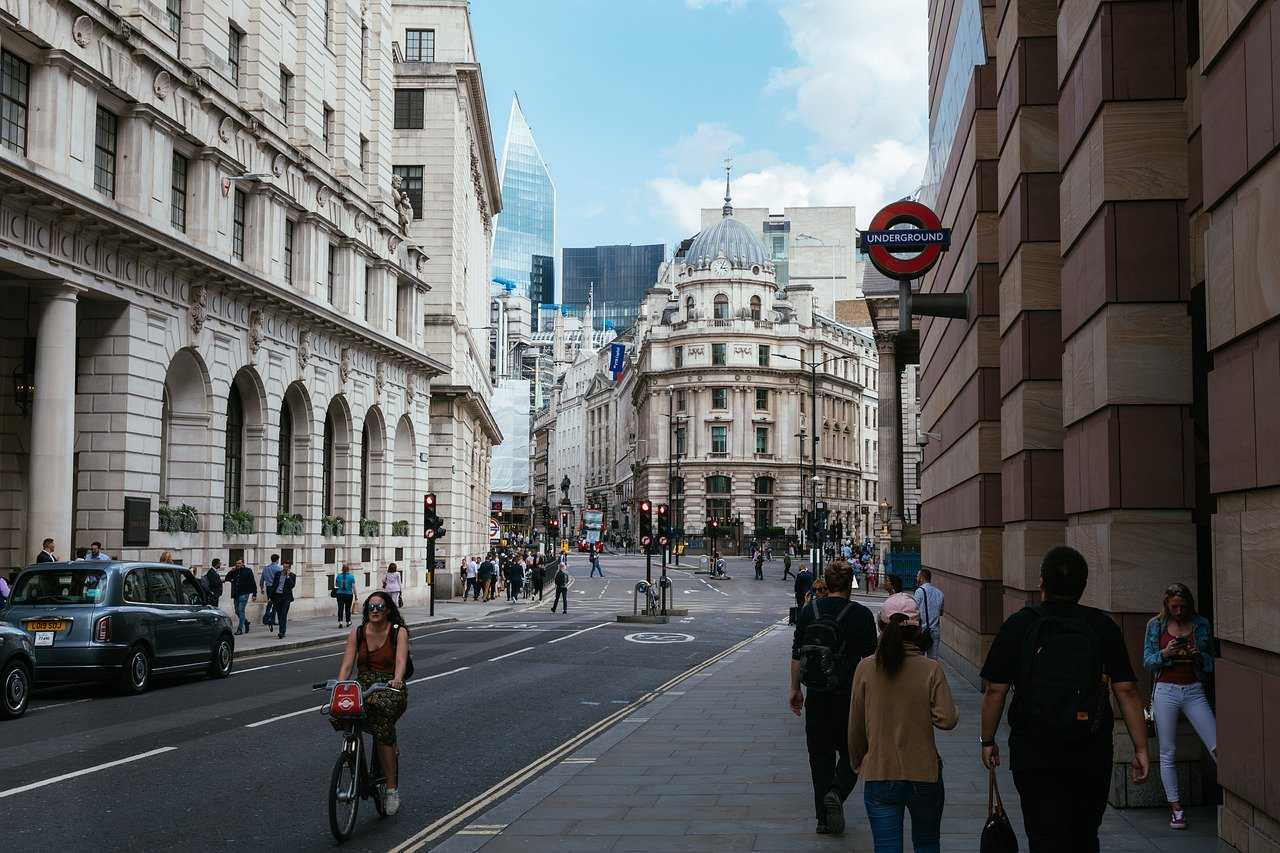
London Life: Architecture Through the Ages
Every year (up ‘till now) millions of tourists flock to the United Kingdom to enjoy London and its rich cultural heritage and history. Part of this attraction revolves around the eye-catching buildings that can be found around the city and in essence make up a large part of London’s cultural landscape. London residents are lucky enough to experience some of the most eclectic architecture styles that have grown and developed with the city. For centuries London has benefited from a constant social and cultural evolution that has brought in widespread change across all industries, this is reflected in the styles of architecture we see across the city. Unlike many other major cities around the world, London actually grew outwards from The City, and developed over the years in a much more ad hoc way, creating a mishmash of building styles, materials shapes and designs. Many of these styles actually are reflections of the monarch periods, of the specific time, as they wanted to demonstrate the technological advances of their era. Whether you are strolling around Regents Park or sipping coffee in Mayfair, there are distinctive themes and styles that run throughout London making for one of the most diverse cities in the world. Check out our brief guide to the architectural styles that have made London so famous around the world.
Baroque Architecture – (1600-1750)
After the great fire of London in 1666 most of London burnt down, as London was a lot smaller than it is now. Because of this, architects were tasked with the daunting project of rebuilding a whole city from scratch. The main architect who was responsible for rebuilding the city was Christopher Wren who was a huge advocate of the sensual styles of Baroque architecture, utilising curved shaped, strong lines and rich colours. Some of Wren’s most prominent and famous designs include parts of Hampton Court Palace, Kensington Palace and the world-famous St Paul’s Cathedral. Wren designed much of London’s cathedrals at that time, however, St Pauls is the most famous and the best example of Baroque Architecture.
Georgian Architecture – (1714-1830)
After Wren and the Baroque era of architecture, London saw a move away from the sensual and expressive design that encapsulated the 17th Century. Inspired by Roman and Greek Architecture, the Georgian era sought to be the monarch that expanded London’s borders and in turn its wealth, bringing about a time of great urban growth. Many people saw that London was growing, and fast, and so swaths of people came to London in search of work and housing, because of this the Georgians saw a chance to turn a huge profit on all of this and so London saw, for the first time, houses built for mass profit. This was achieved by building many properties in one go rather than individually, and was the start of what we now know as terraced housing. The Georgians certainly re shaped the capital’s cultural landscape but they also re shaped the way it looked. As well as building many residential properties that can be found in North and West London, they were responsible for building many of London’s great housing estates that have stood the test of time. Next time you are near the Grosvenor or Bedford estates, look at their design with tall flat fronted terraces made up of red or brown brick, this was the signature Georgian design.
Regency Architecture – (1811-1820)
Regency architecture is defined as the period that prompted the end of the Georgian era. Despite only lasting around nine years, the Regency style architecture left a lasting imprint on the city of London. It was this nine-year period that saw many of London’s central residential buildings erected. Unlike the rest of the Georgian terraced housing, the new Regency architecture was designed to a far higher spec and was characterised by their white stucco frontage. The reason this period was so short lived was because the architect who was employed to do all this, John Nash, had far too elaborate ideas that ended up costing the crown too much, so he was let go. However, what he did build was far more intrinsic and pretty to look at, which is why today the Regency style architecture still lives on in some of the wealthiest parts of London. Examples include areas such as Belgravia and the housing around Regents Park.
Victorian Architecture – (1837 -1901)
Following the industrial revolution and the country’s new found wealth and prosperity, the Victorian Era is defined by the revival of more intricate and elaborate architectural styles. Based around more Gothic styles and designs, the Victorians built some of the most recognisable buildings London has ever seen, including the Houses of Parliament and St Pancras Station. As well as the buildings showcasing the Victorian grandeur, the period was also known for the introduction of mass housing for the new and expanding middle class who were experiencing real wealth for the first time. Because of this, most residential streets in London have examples of Victorian housing and most likely yours too. On the other end of the scale, the Victorians were also responsible for being the first monarch to implement permanent housing programmes for the poor who worked in the factories and such. This period was a huge turning point for London’s residents, with all cross sections of society able to live in properly constructed homes with appropriate sanitation.



